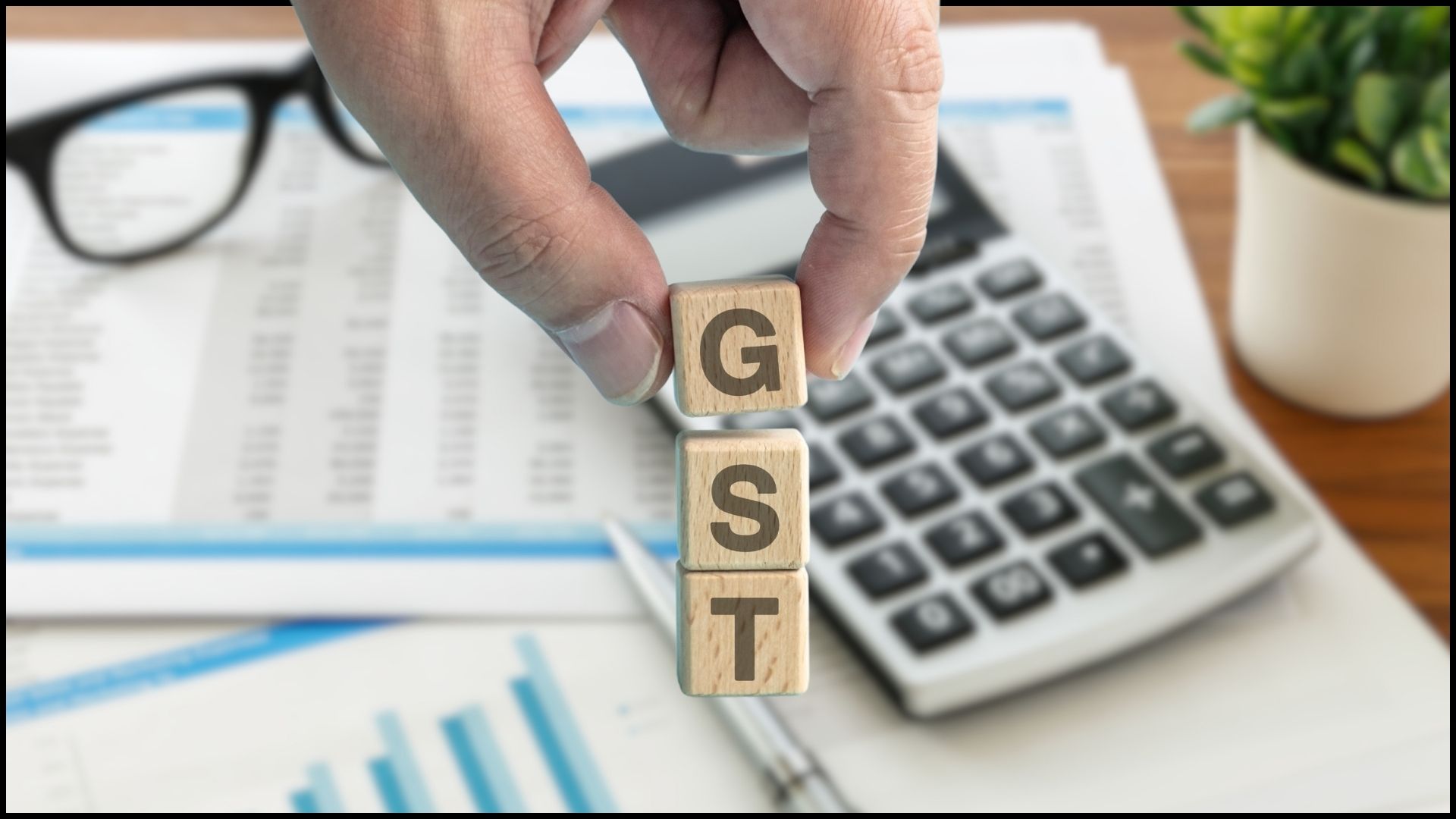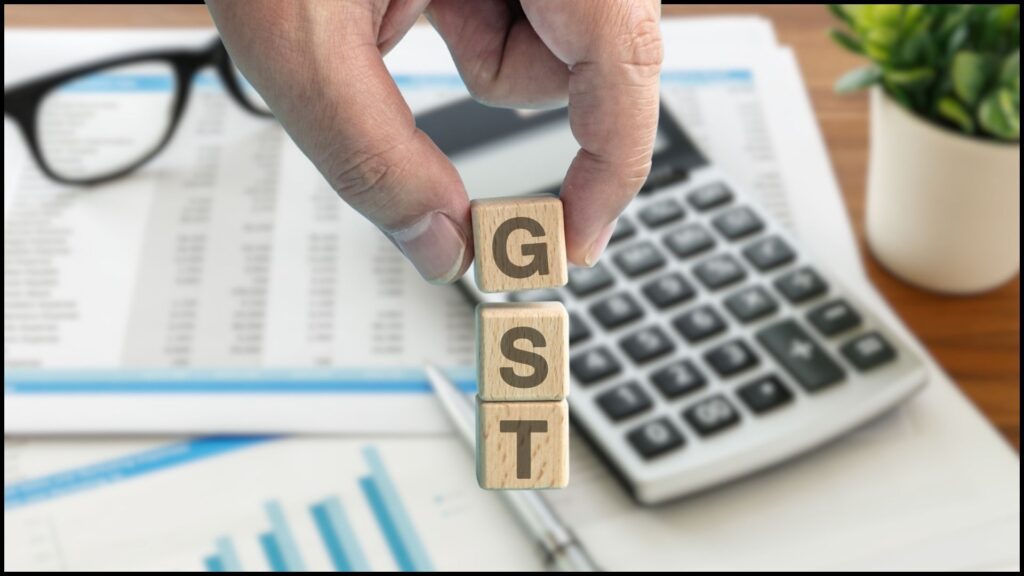
17 Feb Essentials of Goods and Services Tax (GST): Understanding Time, Place, and Value of Supply

Goods and Services Tax (GST) operates on three pivotal pillars: Time, Place, and Value of Supply. These pillars elucidate when tax liability emerges, where transactions occur, and how taxable amounts are quantified. This discourse delves into the significance of Time, Place, and Value of Supply within the GST framework, expounding on their implications for both businesses and individuals.
Delving into Time of Supply under GST
“Time of Supply” holds paramount importance in the GST framework, delineating when the obligation to pay GST arises in a transaction. This temporal aspect not only dictates the reporting period for transactions but also determines the applicable tax rate. Understanding the nuances of time of supply is imperative for businesses to ensure accurate calculation and compliance with GST obligations.
Determining Time of Supply:
The time of supply varies for goods and services and is contingent upon specific events:
For Goods:
- Date of Invoice: The earlier of either the issuance date of the invoice by the supplier or the last date prescribed for invoice issuance under GST regulations is considered.
- Date of Delivery: The earlier of either the date of goods delivery to the recipient or the date of receipt acknowledgment in the recipient's books of account is considered.
For Services:
- Date of Invoice: Analogous to goods, the earlier of the invoice issuance date by the supplier or the last date prescribed for invoice issuance under GST regulations is considered.
- Date of Payment: The earlier of either the payment receipt by the supplier or the date of payment recording in the recipient's books of account is considered.
Exceptions and Special Cases:
Certain scenarios entail exceptions and modifications to the time of supply rules:
- Continuous Supply of Goods or Services: In cases of supply spanning multiple periods with successive payments, the time of supply is determined by either the invoice issuance date or the payment due date, whichever is earlier.
- Reverse Charge Mechanism: When the recipient is liable for GST payment under the reverse charge mechanism, the time of supply is the earliest of the goods or services receipt date or the payment date.
- Change in Tax Rate: If the tax rate changes between the time of supply and invoice issuance, the time of supply is determined as the earlier of the two.
Unveiling the Significance of Place of Supply under GST
The “Place of Supply” is a fundamental concept in the GST regime, defining the geographical location where a supply of goods or services is deemed to occur. This determination is pivotal as it governs the jurisdiction under which the transaction is taxable. Comprehending the regulations surrounding the place of supply is essential for businesses to accurately evaluate their tax obligations and ensure compliance with GST statutes.
Determining Place of Supply:
The rules for place of supply vary based on whether the supply is categorized as intra-state (within the same state/union territory) or inter-state (between different states/union territories):
For Goods:
- Intra-State Supply: The place of supply for goods within the same state/union territory is the delivery location.
- Inter-State Supply: The place of supply for goods between different states/union territories is the destination of delivery.
For Services:
- Intra-State Supply: The place of supply for services within the same state/union territory is the recipient's address as per the supplier's records.
- Inter-State Supply: The place of supply for services between different states/union territories is the recipient's address as per the supplier's records.
Exceptions and Special Cases:
Several scenarios necessitate special considerations:
- Services Relating to Immovable Property: The place of supply for services like real estate transactions is determined based on the location of the immovable property.
- Services Directly Connected to Goods: For services closely associated with specific goods, the place of supply is determined based on the location of those goods.
- Supply to Registered Person: If the recipient is a registered entity, the place of supply might be the location of the recipient's principal place of business, even if the actual supply location differs.
Exploring the Essence of Value of Supply under GST
The “Value of Supply” is a cornerstone within the GST framework, defining the taxable value upon which GST is computed. This value is pivotal for determining the accurate amount of GST payable by the supplier and understanding the financial implications of a transaction. Grasping the rules and components contributing to the value of supply is imperative for businesses to accurately assess their tax liabilities and adhere to GST regulations.
Components of Value of Supply:
The value of supply for Goods under GST encompasses not only the transaction amount but also certain ancillary considerations:
- Transaction Value: This encompasses the actual amount paid or payable for the supply, inclusive of any amounts the recipient is liable to pay but incurred by the supplier.
- Taxes and Duties: The value of supply includes all levied taxes, duties, cesses, fees, and charges under laws other than the GST Act, excluding certain specified taxes.
- Incidental Expenses: These are expenses directly associated with the supply and borne by the supplier but separately charged from the transaction value.
- Discounts: Only those discounts established before or at the time of the supply and linked to invoices can be deducted from the transaction value.
Significance of Time, Place, and Value of Supply under GST
Each fundamental aspect of GST holds significance, collectively ensuring efficient tax transactions, regulatory compliance, and accurate reporting. Time, Place, and Value of Supply play integral roles in:
- Tax Revenue Collection: Facilitating accurate tax collection for government operations and services.
- Business Efficiency: Streamlining operations, enabling informed financial decisions, and resource allocation.
- Consumer Protection: Preventing overcharging and ensuring fair tax levies, fostering consumer trust.
- Government Accountability: Enhancing financial transparency and effective tax revenue management.
Concluding Remarks
In the realm of the GST framework, Time, Place, and Value of Supply form the backbone, dictating tax transactions, regulations, and reporting. Understanding these concepts empowers businesses to navigate the GST landscape effectively, ensuring compliance, transparency, and efficiency. By adhering to these principles, businesses flourish within legal bounds, governments allocate resources judiciously, and economies thrive on foundations of trust and transparency.


No Comments